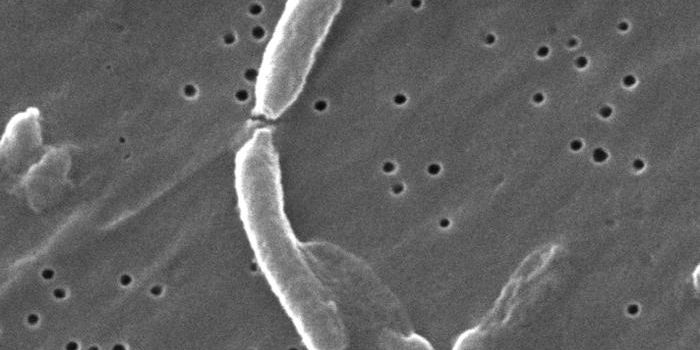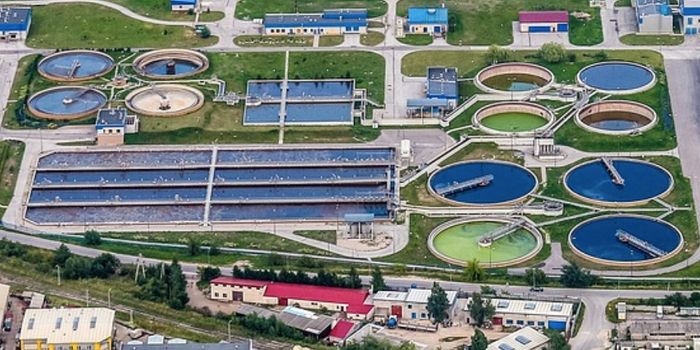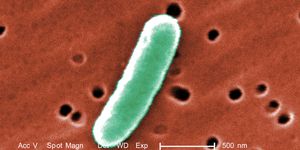How Do Gut Bacteria Move From One Host to Another?
Microbes like viruses and bacteria have adapted to live virtually everywhere, including inside the gastrointestinal tracts of many animals and humans. But how do these microorganisms propogate their species when they spend most of their lives in the gut? Researchers wanted to know more about how gut microbes move from one host to another. The research suggested that the methods that bacteria use to get around also affects both their functions and how abundant they may become. The work has been reported in Genome Biology.
Gut microbes perform essential functions, like helping us digest food and absorb nutrients . They have to survive in an environment that's mostly free of oxygen, making many of them anaerobic organisms. Some gut microbes can generate spores so they can move from one person to another, and won't be harmed when they are exposed to oxygen in the process. Spores are hardy versions of microbes that can withstand challenging environments, and they remain dormant until the time is right for growth.
"Even though transmission of gut bacteria between humans is essential for their survival, the genetic and biological features of the bacteria that allows them to do this, is still poorly understood," noted first study author Dr. Hilary Browne, Staff Scientist at the Wellcome Sanger Institute. "This research starts to unravel some of this mystery by analyzing the genomes and finding that the ability of bacteria to produce spores has been lost multiple times, impacting their evolution and function."
Firmicutes are usually the dominant microbes in the human gut, and they can generate spores. The researchers assessed the genomes of 1,358 Firmicutes specimens and followed the changes in certain traits, like spore production. Their work suggested that there are fewer bacteria in the gut that can create spores compared to bacteria that no longer carry the genes for spore production in their genomes. The loss of spore production genes may, therefore, be related to an increase in a bacterial strain's abundance.
The researchers also assessed Firmicutes that had trimmed their genomes, and jettisoned the genes that enable spore production. The genomes of these microbes were thought to be more specialized, and more adapted to their host. These microbes were present at high levels in the microbiomes of individuals, possibly because of those well-adapted genomes.
However, the strains of bacteria that don't produce spores were less common in the population in general. The researchers suggested that when the bacteria lose the sporulation ability, they are less able to spread around to different people. The bacteria with larger, spore-generating genes might be less adapted to their host, and don't grow to high levels in the gut.
By learning more about how microbes are transmitted from one person to another, and to the gut, the researchers are getting us closer to a point where we can use the microbiome as a therapeutic tool.
"Understanding more about the bacteria that inhabit us and how they are adapted to living in humans through their metabolism will be important for the development of new therapeutics and diagnostics for microbiome-mediated diseases," added Dr. Trevor Lawley, the Senior Group Leader at the Wellcome Sanger Institute.
Sources: Science Daily via Wellcome Trust Sanger Institute, Genome Biology









